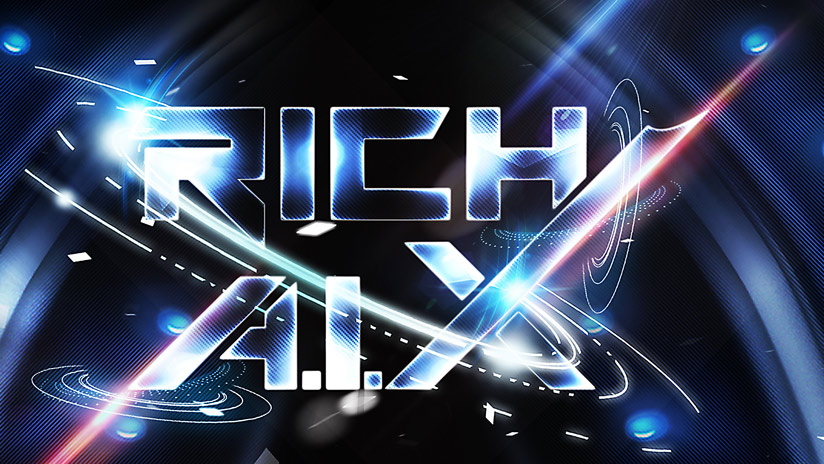Build Vision Transformer ViT From Scratch – Intuition and coding
Subscribe for the ViT full course here: https://vizuara.ai/courses/build-vision-transformer-vit-from-scratch/
In this comprehensive lecture, we dive deep into one of the most influential papers in computer vision – “An Image is Worth 16x16 Words: Transformers for Image Recognition at Scale” by Google Research. This paper introduced the Vision Transformer (ViT), a model that redefined how we process visual data using the Transformer architecture originally built for text.
In this session, you will learn both the theory and implementation of Vision Transformers from scratch in Python using PyTorch. We will start by understanding how Transformers, which were first designed for natural language processing, can be adapted to handle images and then gradually move to hands-on coding, building every major component step by step.
We will cover:
The motivation behind Vision Transformers and how they differ from CNNs
The concept of image tokenization and patch embedding
The role of class tokens and positional embeddings
The transformer encoder architecture and attention mechanism
How the MLP head performs image classification
Implementation of ViT on the MNIST dataset with training and validation
How residual connections, layer normalization, and multi-head attention are implemented internally
By the end of this video, you will not only understand how a Vision Transformer works at a conceptual level but also gain the ability to implement it entirely from scratch, starting from a blank Python notebook.
This lecture is part of the Transformers for Vision series, where we explore how the Transformer architecture, which revolutionized NLP, is now transforming computer vision.
If you’ve ever wondered how images can be processed like sequences, how Transformers replace convolutions, and how to actually build one from scratch – this video is for you.
Subscribe for the ViT full course here: https://vizuara.ai/courses/build-vision-transformer-vit-from-scratch/
In this comprehensive lecture, we dive deep into one of the most influential papers in computer vision – “An Image is Worth 16×16 Words: Transformers for Image Recognition at Scale” by Google Research. This paper introduced the Vision Transformer (ViT), a model that redefined how we process visual data using the Transformer architecture originally built for text.
In this session, you will learn both the theory and implementation of Vision Transformers from scratch in Python using PyTorch. We will start by understanding how Transformers, which were first designed for natural language processing, can be adapted to handle images and then gradually move to hands-on coding, building every major component step by step.
We will cover:
The motivation behind Vision Transformers and how they differ from CNNs
The concept of image tokenization and patch embedding
The role of class tokens and positional embeddings
The transformer encoder architecture and attention mechanism
How the MLP head performs image classification
Implementation of ViT on the MNIST dataset with training and validation
How residual connections, layer normalization, and multi-head attention are implemented internally
By the end of this video, you will not only understand how a Vision Transformer works at a conceptual level but also gain the ability to implement it entirely from scratch, starting from a blank Python notebook.
This lecture is part of the Transformers for Vision series, where we explore how the Transformer architecture, which revolutionized NLP, is now transforming computer vision.
If you’ve ever wondered how images can be processed like sequences, how Transformers replace convolutions, and how to actually build one from scratch – this video is for you.











